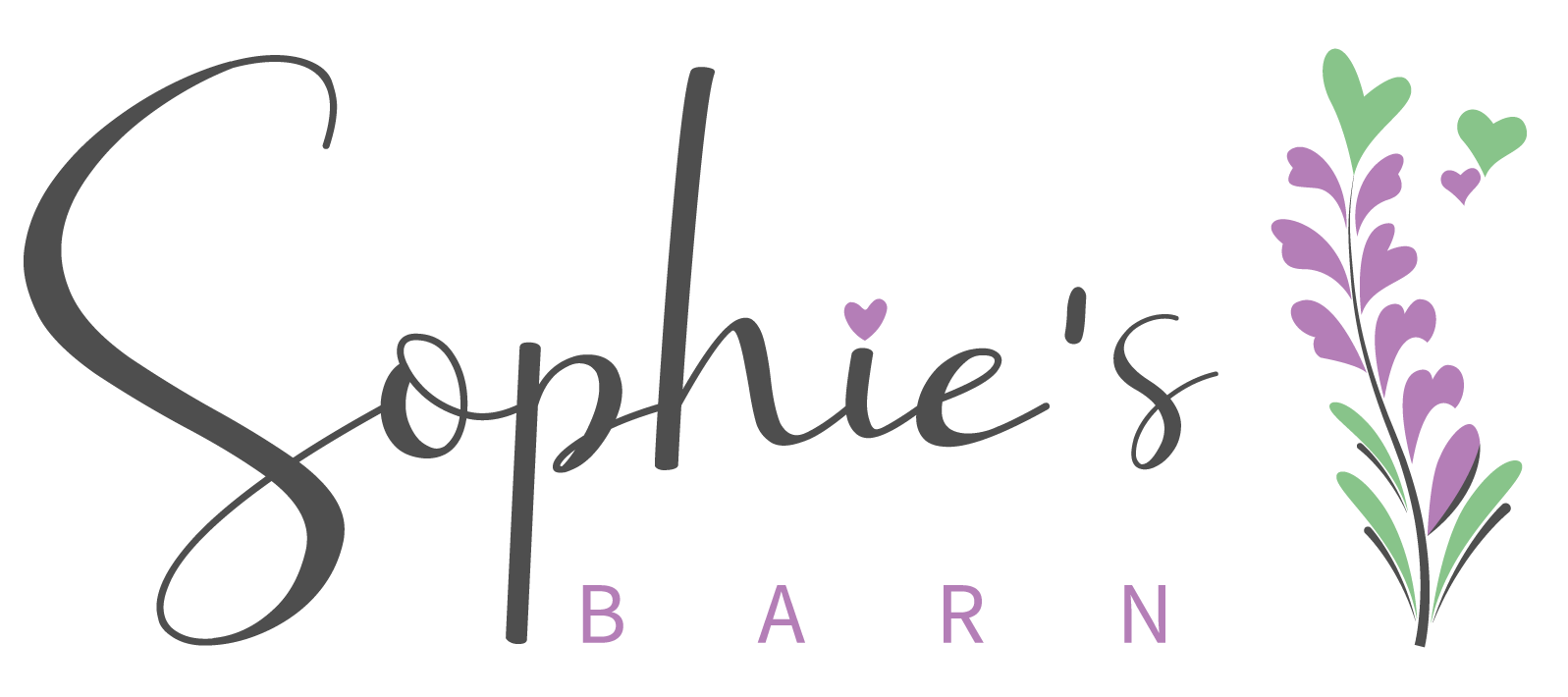What is a Gite?
While providing gite owners with luxurious soaps, bath soaks, and kits to heighten the experience of their guests, I’ve seen that running a gite can be hard work. I’ve also seen that it can be very rewarding. Like running my soap making business.
If you’re thinking about starting a gite, here’s what I’ve learned from some of my clients and my own experience starting a business.
The first thing to be clear on is what a gite is. Some new business owners embark on a gite adventure only to find that they are actually running a Chambre d’Hote.
A Chambre d’Hote is like a French Bed and Breakfast. The services you offer will be similar to those of a hotel, but it’s also your home and guests book by the day.
A gite is distinct from this because it is an independent building. It should have everything your guests would need in a small home, like a fridge and microwave. And people normally book gites by the week.
People tend to talk about three types of gite, so it’s helpful to work out where yours falls.
- A rural gite – countryside, sea, mountains. If you can look out of a window and see one of these, it may well be a rural gite. It needs to be away from roads and factories and other disturbances to be called a rural gite. They also typically have simple, traditional furnishings. People often expect rural gites to reflect local architecture.
- A gite de sejour – If you receive a booking for 12-50 people and you’re not worrying about where to put them all, you’re probably running a gite de sejour.
- A gite d’etape – in this case, your gite will be like a stop on a footpath or known route. You’ll be expecting stays from hikers and cyclists and the like who want to break up their journey along an established route.
Think carefully about the type of gite you will run and the level of experience your guests can expect.
When you’ve planned your business and you’re ready to create your gite, there are three main ways to acquire a property for a gite. These are to:
- Buy a property and divide it into rooms suitable for your gite.
- Buy a cluster of properties and live in one.
- Buy an existing business.
Obviously, buying property is a significant investment of time and money, so you’ll want to do your research on the properties and the localities.
Finally, a gite is all about the experience your guests will have there, so when you have your property and it’s ready to go, don’t just fill it with the cheapest stuff and hope your guests don’t break it. Provide good quality materials that last and that make people feel uplifted and relaxed. When it comes to creating good vibes, a little Sophie’s Barn love can go a long way.




